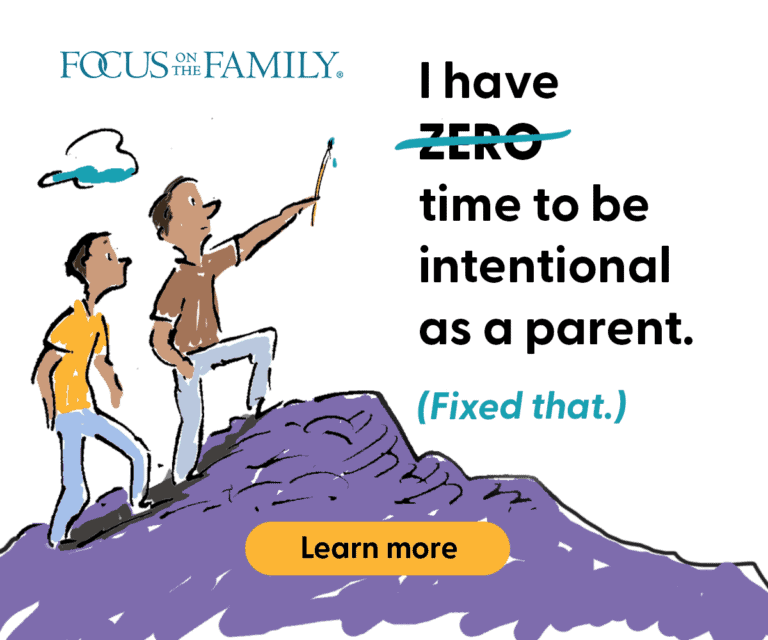Tanara congratulated her son on reciting poems with his classmates, and then asked how his best friend did. He answered, “We’re not friends anymore.” Questioning him further, she learned their fallout happened because his “friend” had thrown a lunch pail at him.
Tanara told him, “You can’t end this friendship without giving him a chance to explain.” She then led her son through what he should say and do to help him mend the broken relationship, not leaving the development of this important skill to chance. Reacting to situations as they occur is one way for parents to teach reconciliation skills, but parents can also proactively equip their kids to work through disagreements with others.
The best way to help your child acquire peacemaking skills is by modeling them yourself. But even when you demonstrate appropriate ways to respond to conflict, you can’t assume your child understands why you interact with others the way you do. Instead, take time to guide them toward becoming ministers of reconciliation in their words and actions. Here are some ways to start:
Stop before reacting. Encourage your child to think about how others may be feeling before responding to what they are doing or saying. Then, make up several scenarios and let your child explain what she would do in them so you can make her aware of appropriate ways to react.
Teachable moments: Let your child learn from your lead. After encountering difficult situations, take your child aside and talk about how and why you responded specifically the way you did.
Make wise word choices. Children and adults sometimes struggle to know quite what to say, especially when in a disagreement. Tell your child that it’s far better to admit that he’s at a loss for words than to make an insensitive or poor word choice. Explain that he can always take more time to choose his words, but once they are spoken, it’s far more difficult to take them back.
Teachable moment: Challenge your child to “try out” his words before communicating them by imagining someone else saying the same thing to him. How would he feel as the recipient? Ask him to think about what the result of his words might be. Then encourage your child to ask himself the following questions before he communicates with others: Will it build up or tear down? Is it helpful or hurt-filled? Is it caring or careless?
Listen with open ears and eyes. We all communicate with much more than words. Facial expressions and body language speak volumes, too. Enable your child to “hear compassionately” by reading these nonverbal cues with her eyes.
Teachable moment: Play “emotional charades” with your child. Take turns trying to guess the emotion the other person is communicating without words.
Speak with actions. Actions really can speak louder than words. In fact, what he chooses to do is often much more impactful than the words he chooses to say. Explain that just helping a friend in need, for example, is likely to communicate much more than his words ever could.
Teachable moment: Ask your child to remember a time when someone else did something kind for him. How did this make him feel? Ask your child what the other person was saying with his actions. Challenge your child to think of ways he can communicate with others through his actions.
Learn from mistakes, no matter who made them. There’s no greater teacher than experience when it comes to communication skills. Encourage your child to think about how others have communicated with her in the past, and ask her to talk about how it made her feel – both good and bad. Then ask her to recall how she has communicated with others in the past and to consider what the results were. Were her actions and words worth repeating? Or were they something to avoid doing again?
Teachable moment: Look for everyday opportunities for your child to witness caring, peace-filled communication between others. Encourage your child to watch – and subsequently learn from – these authentic examples.















